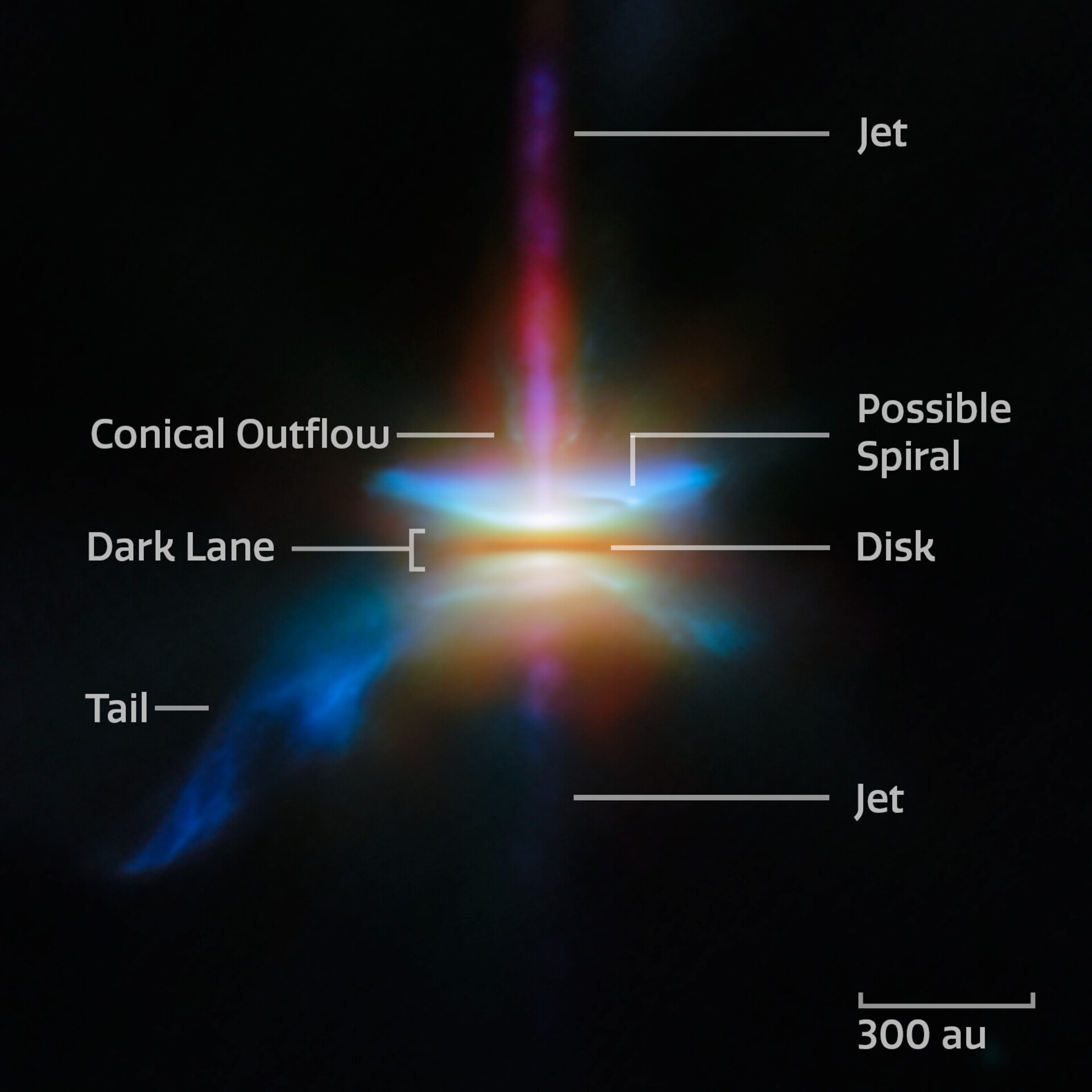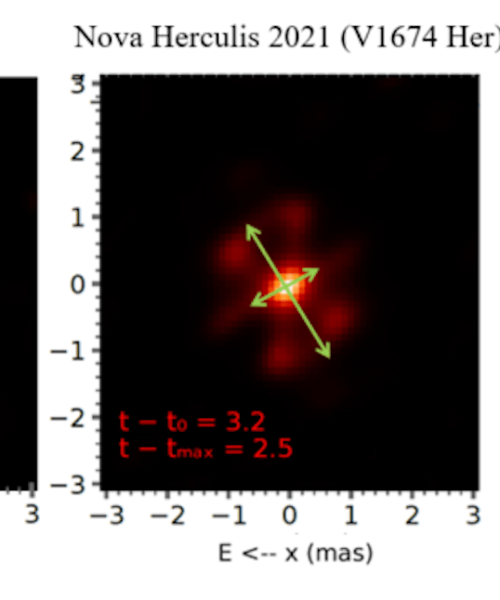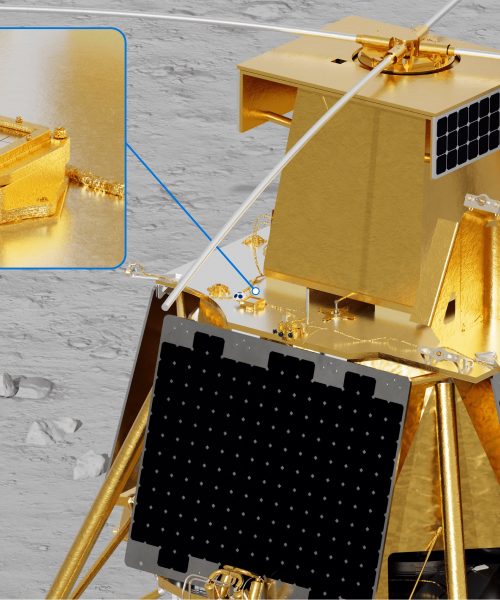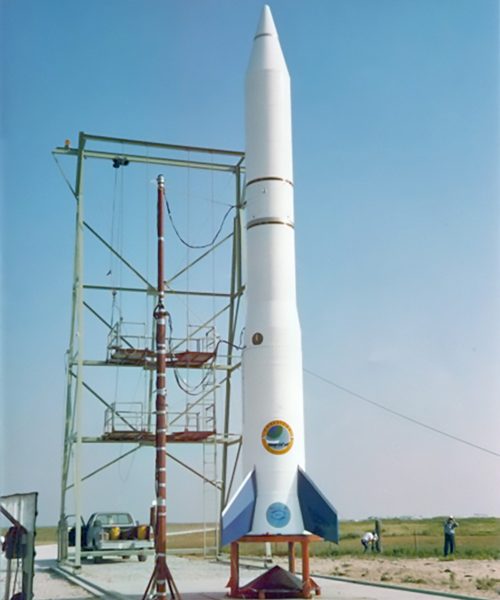The James Webb Space Telescope’s (JWST) picture of the month for February 2025 is showing off the power of planet formation. The space telescope recently honed in on protoplanetary disk HH30. It is about 450 million light years away from Earth in the dark cloud LDN 1551 in the Taurus Molecular Cloud.
HH30 is considered a Herbig-Haro object–luminous regions that are surrounded by newborn stars, or protostars. These celestial objects form when jets of gas spewing from these newborn stars called stellar winds create shockwaves as they collide with gas and dust at high speeds. Protoplanetary disks like HH30 are where new planets can eventually form.
According to the European Space Agency (ESA), HH 30 is of particular interest to astronomers. It is considered a standard model of an edge-on disk. Understanding what is going on in these disks can help astronomers study how dust grains in space drift and settle, eventually building entire planets.
In the new image, an international team of astronomers used the JWST to investigate HH30 in greater detail. They combined JWST’s observations with those from the Hubble Space Telescope and the Atacama Large Millimeter/submillimeter Array (ALMA).

The long-wavelength data from ALMA traces the location of dust grains that are only a few millimeters. The shorter-wavelength infrared data from JWST shows the distribution of even smaller dust grains–only one millionth of a meter across or the size of a single bacterium. The large dust grains are concentrated towards the center of the disk and the small grains are more widespread.
The observations were taken as part of the Webb GO program #2562. This project aims to understand how dust evolves in edge-on disks like HH30. When combined with radio-wavelength views from ALMA, these observations show that large dust grains must first migrate within the disk and then settle in a thin layer. The formation of a narrow–yet dense–layer of dust is an important stage during planet formation. This dense region is where dust grains can clump together to create pebbles and then eventually entire planets.
[ Related: Enormous black hole napping after eating a ton of gas. ]
In addition to the behavior of dust grains, the new images show several distinct structures that are all nested within one another. A high-velocity jet of gas emerges from the narrow central disk. That narrow jet is surrounded by a wider, cone-shaped outflow. A wide nebula that reflects light from the young star encloses this outflow.
Together, this shows that HH 30 is a dynamic location and that massive jets and tiny dusts all play a role in building new planets.






